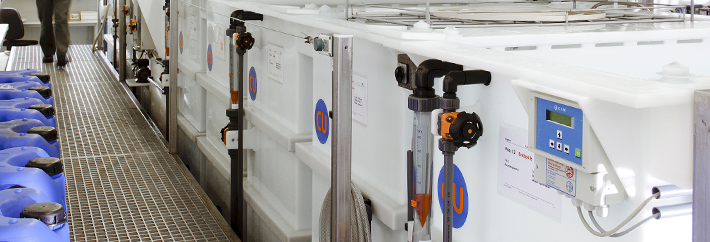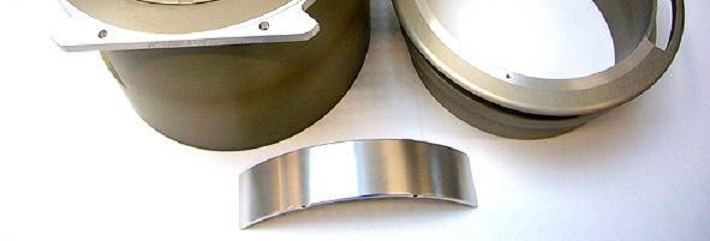Anodizing
Semiconductor manufacturing equipment parts require protection against corrosion generated by the manufacturing process gases and by-products, essentially for etch application. Therefore Cleanpart provides its customers anodisation services that answer to this need.
Benefits
- Anodizing increases corrosion/wear resistance, and provides a better adhesion of top coatings.
- Anodic films can also be used for a number of cosmetic effects.
- Anodizing also imparts lubricant and dielectric properties.
Anodizing is an electrochemical method to create or increase oxide layers on metals such as Al, Ta, Ti, Mg or Nb. The main application is the anodizing of aluminum and, to a significantly smaller degree, Mg and Ti.
Anodizing is not plating in the normal sense but conversion of bulk material in its oxidic modification.
With a variety of electrolytes (sulfuric, oxalic, chromic acid, etc.) and current-supply systems (DC, AC, pulse), layers with specific properties can be produced. Focus can be placed on improving corrosion-protection properties, hardness or both. Excellent adhesion of all types of layers is an inherent feature of the process.
Plasma chemical anodizing (or anodic spark oxidation) is used for creating very hard, α - Al₂O₃ layers (in case Al is the bulk) with outstanding mechanical, chemical and electrical properties.
The porous character of the anodized surface can be used for dying or soaking the layer with lubricants, polymers or simply water to model or improve specific characteristics. For many years, hard anodizing was a standard in the S/C industry to protect aluminum from corrosion and erosion in etch-chamber applications until a change to spray-coated surfaces became necessary.



















